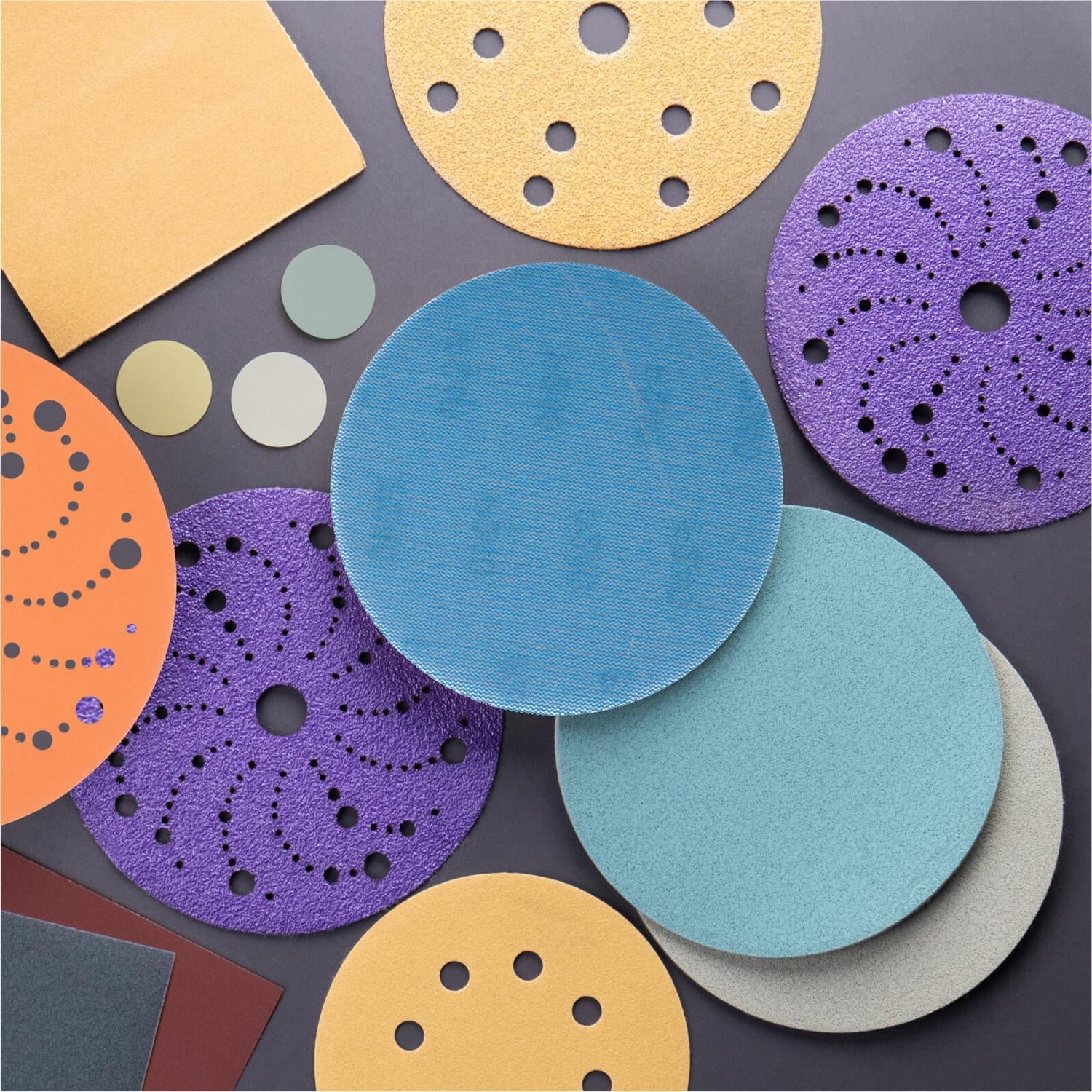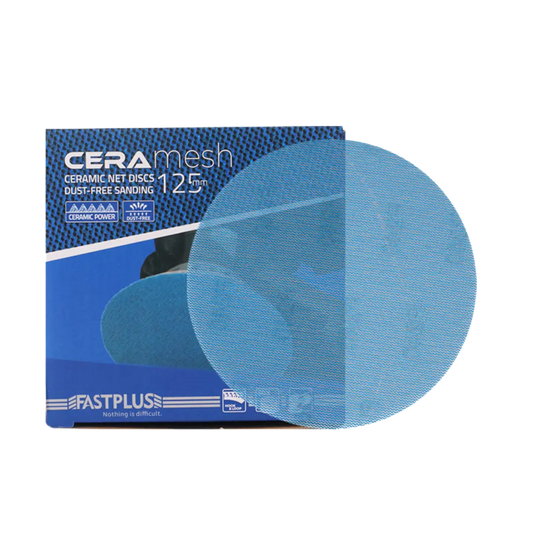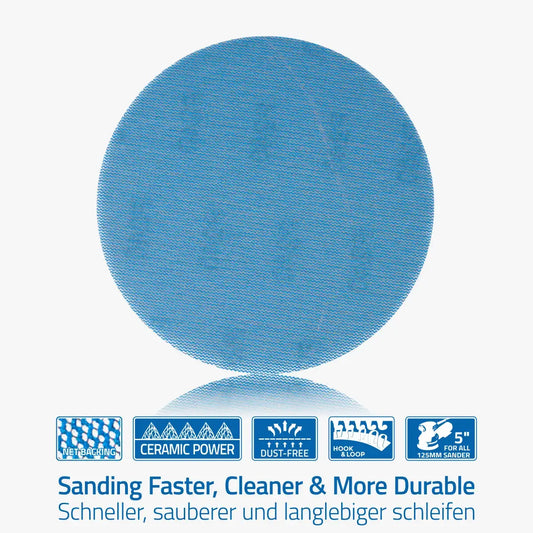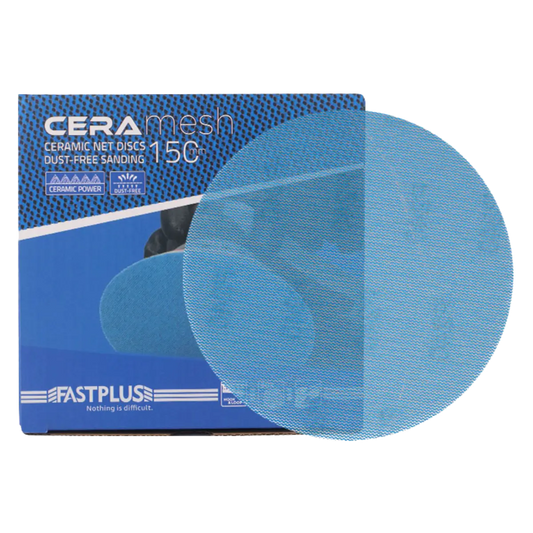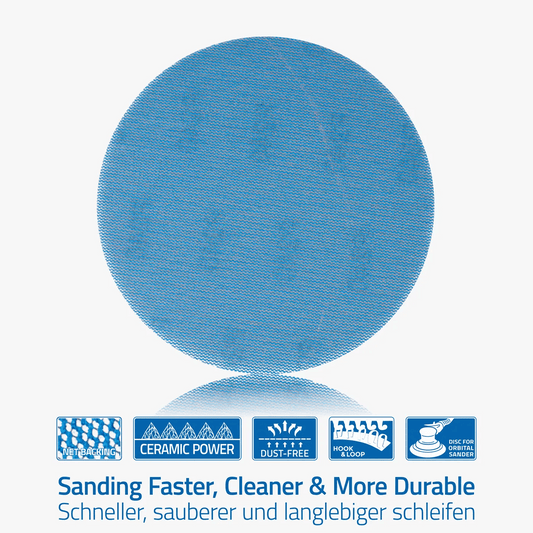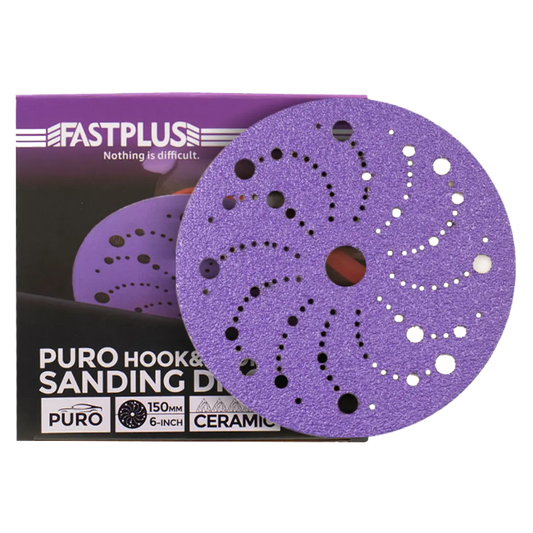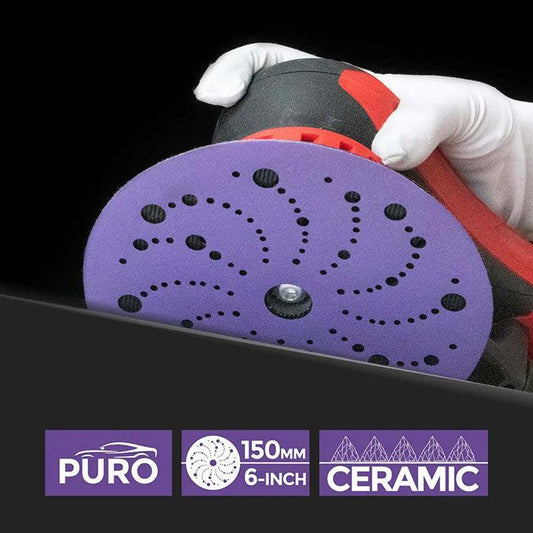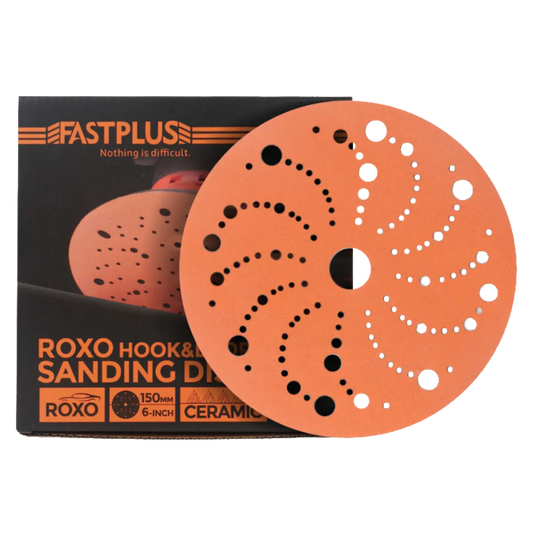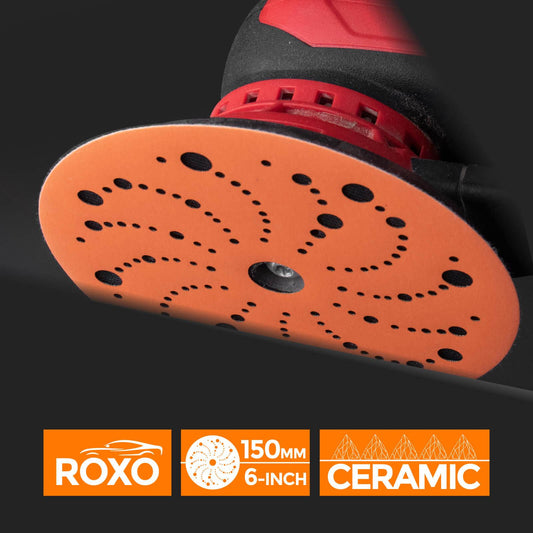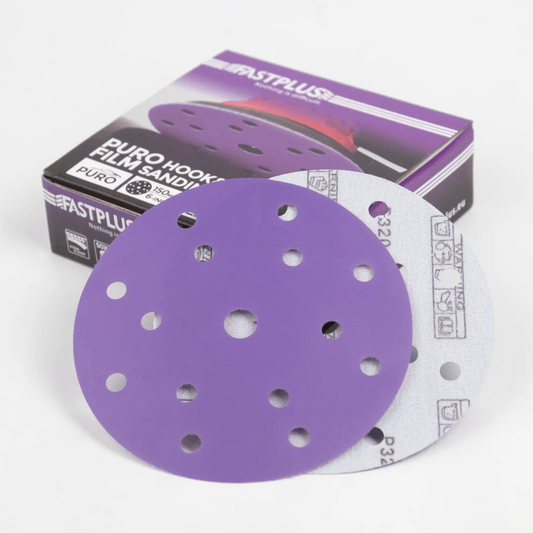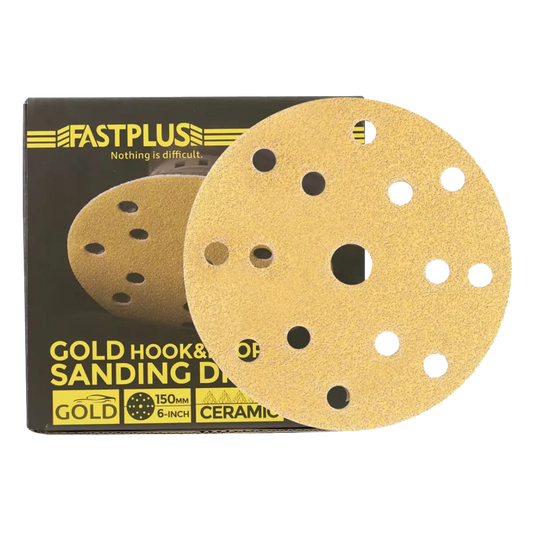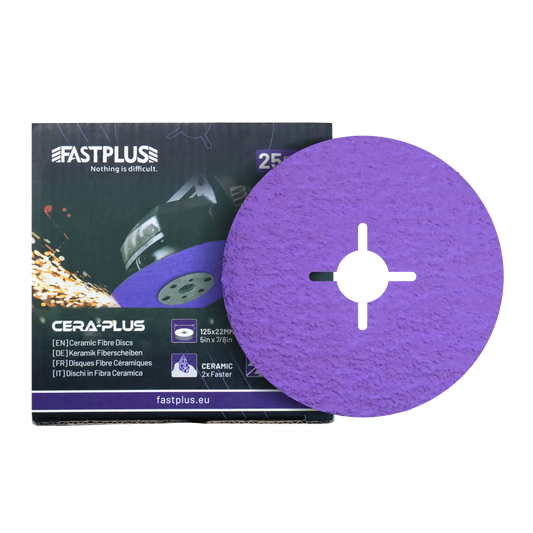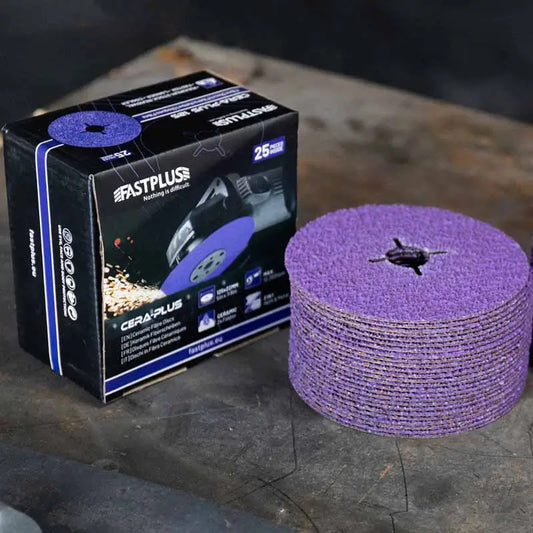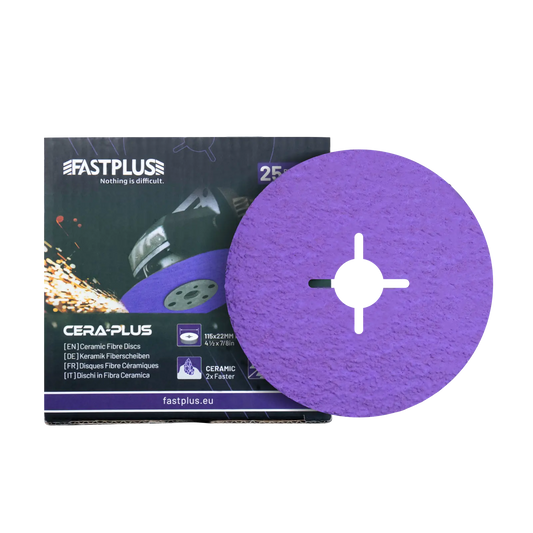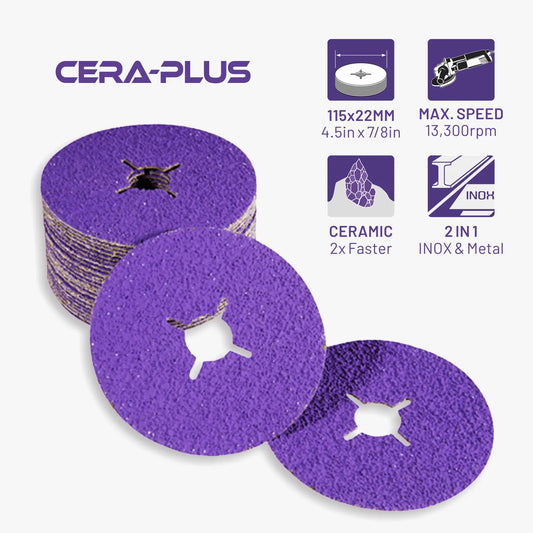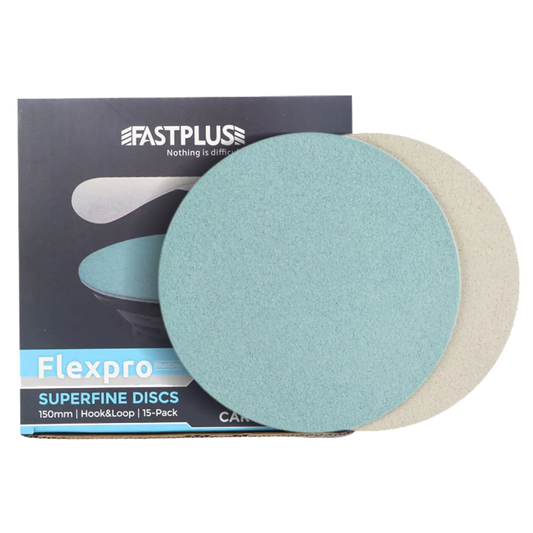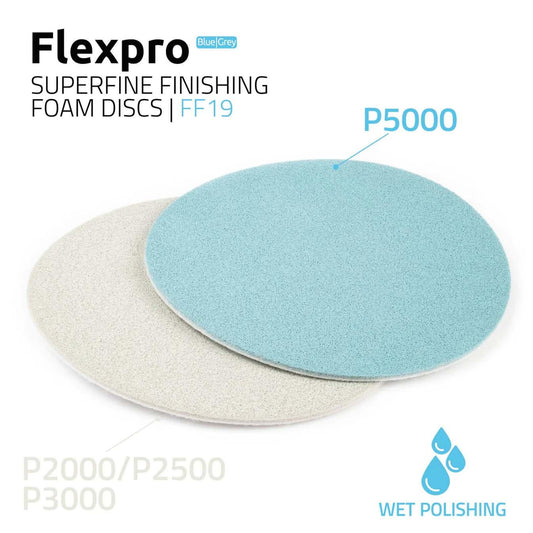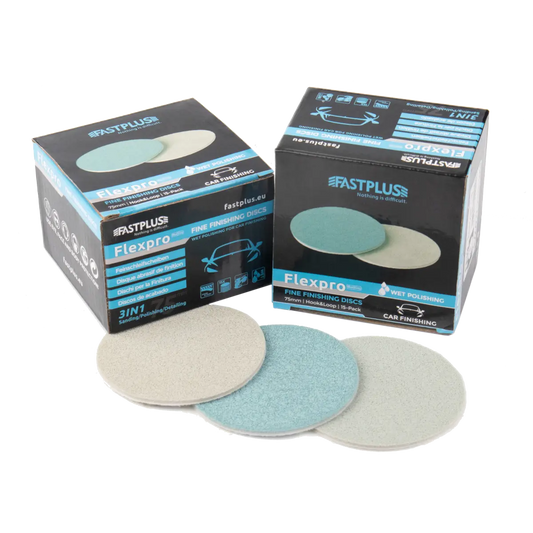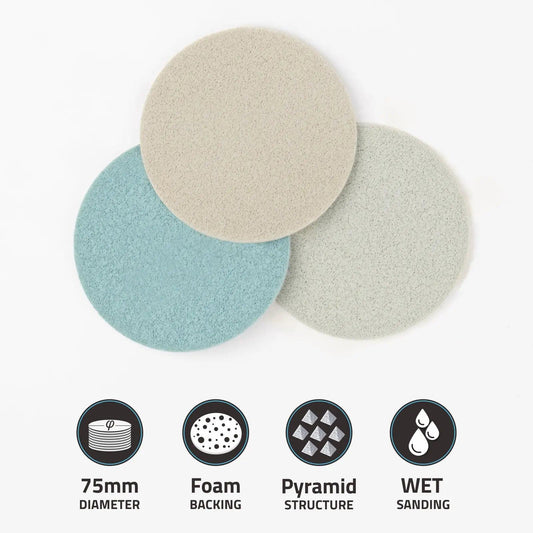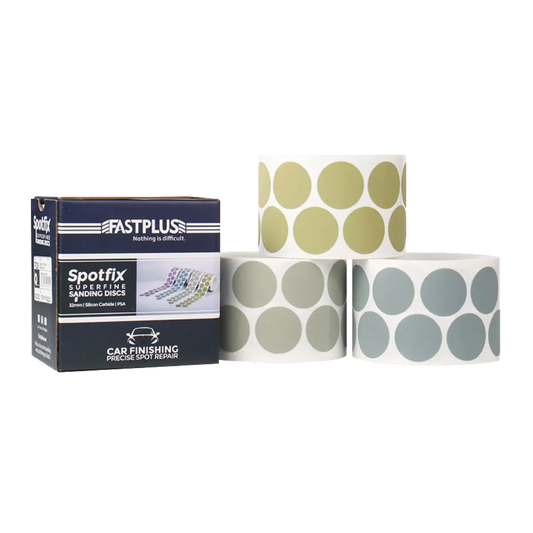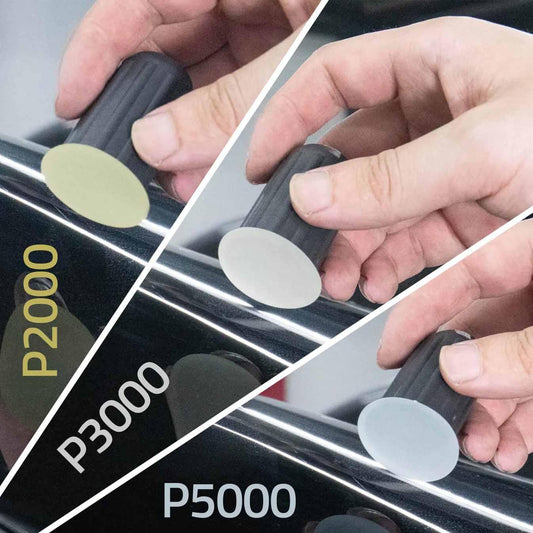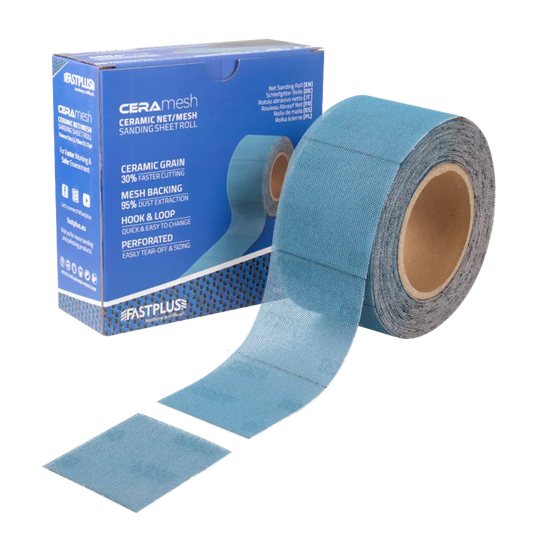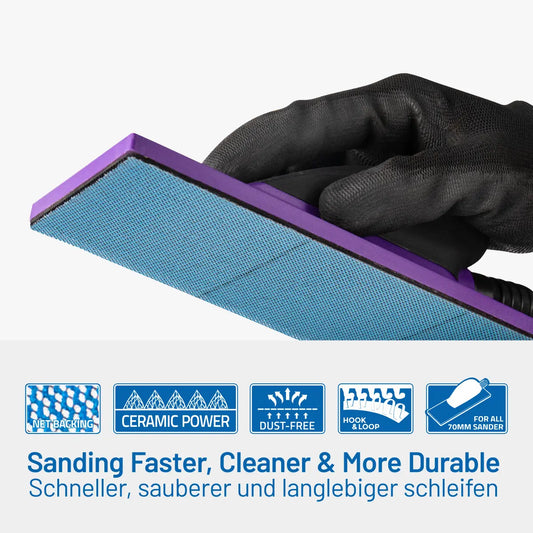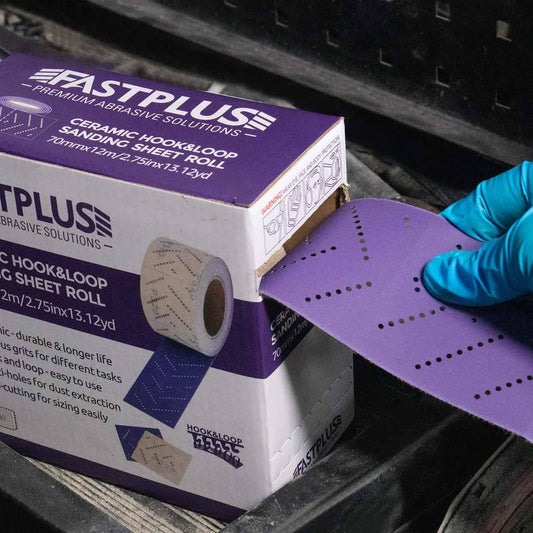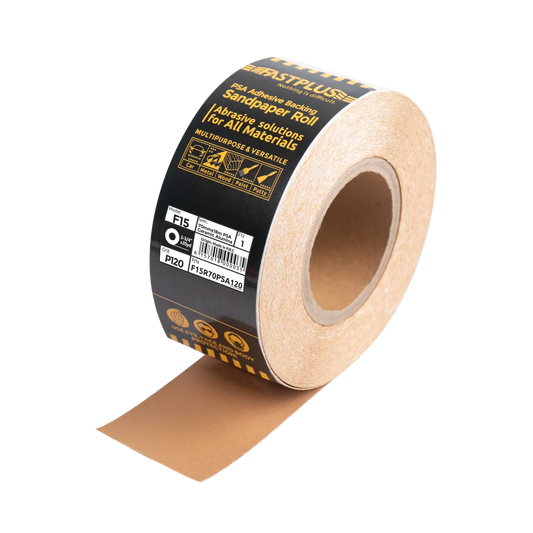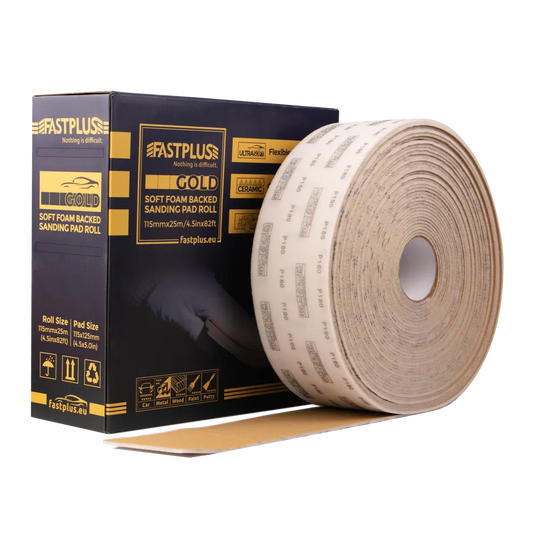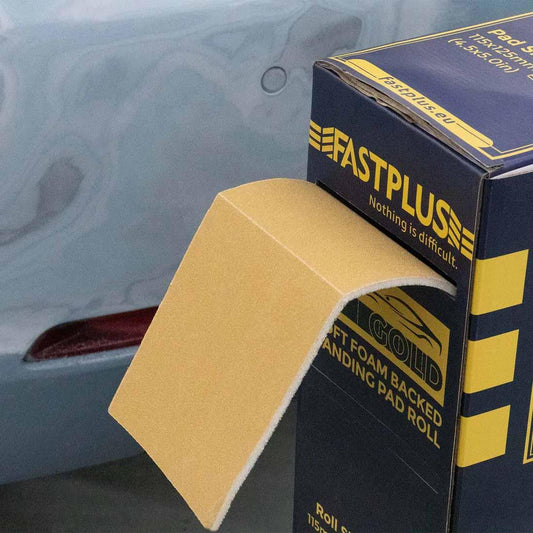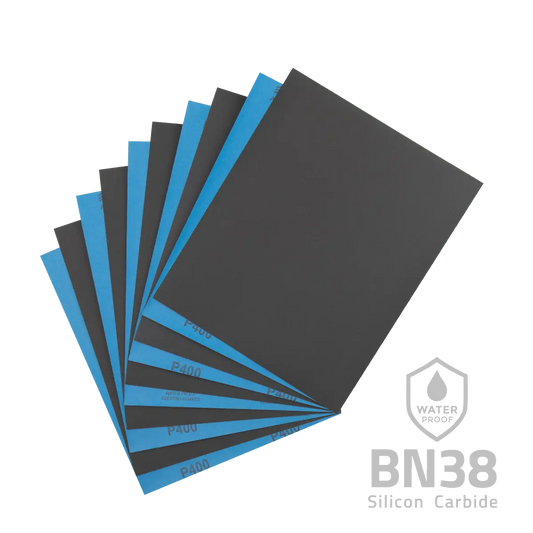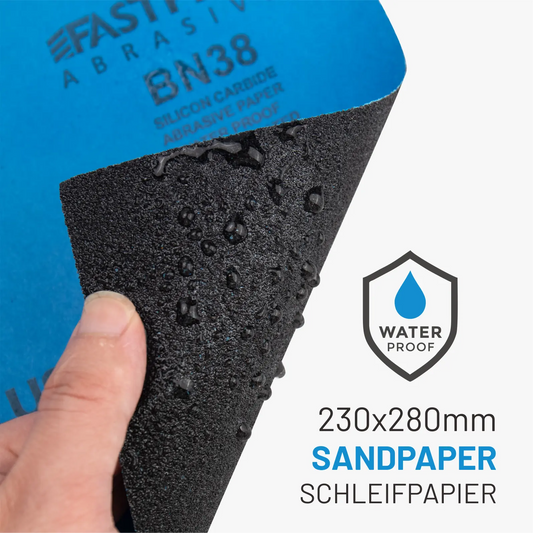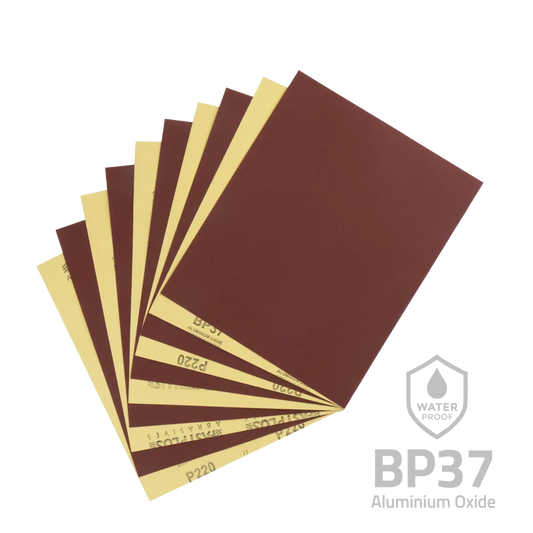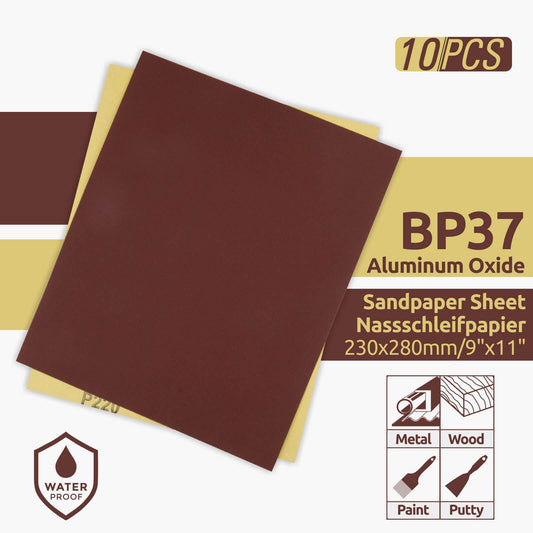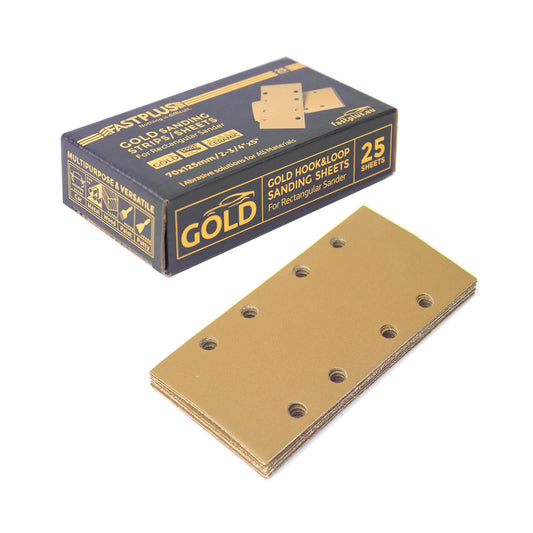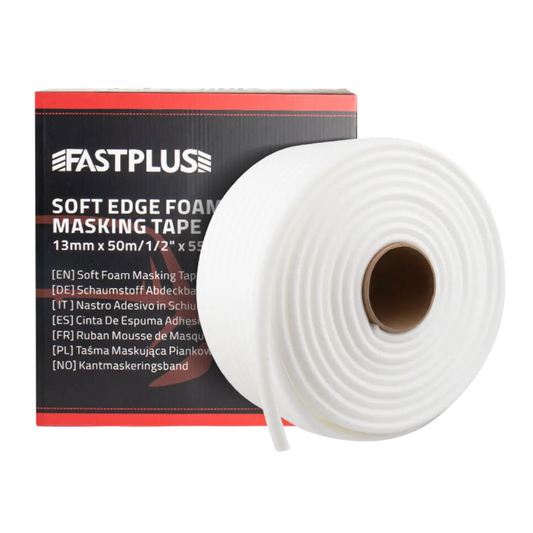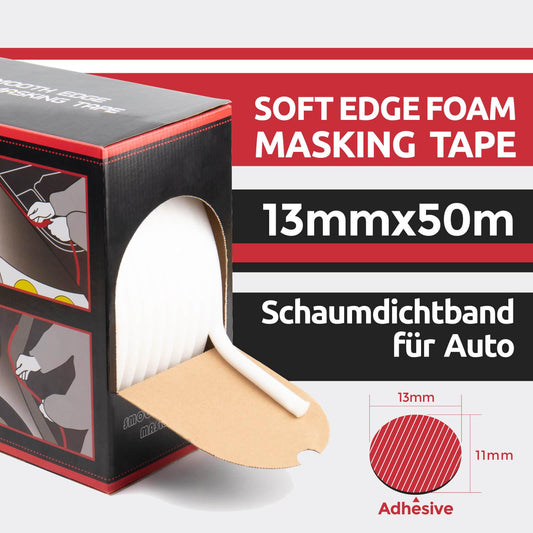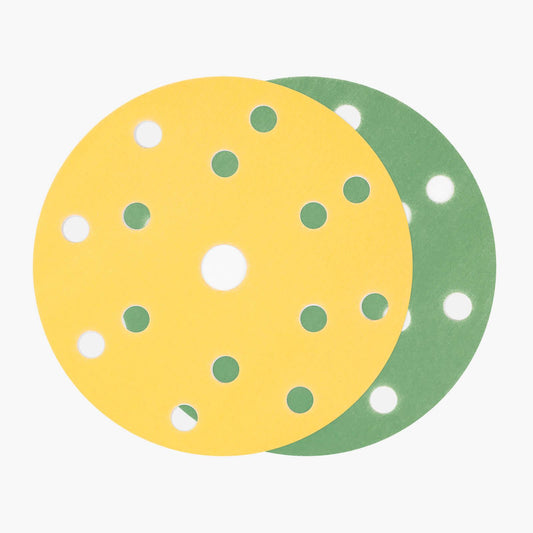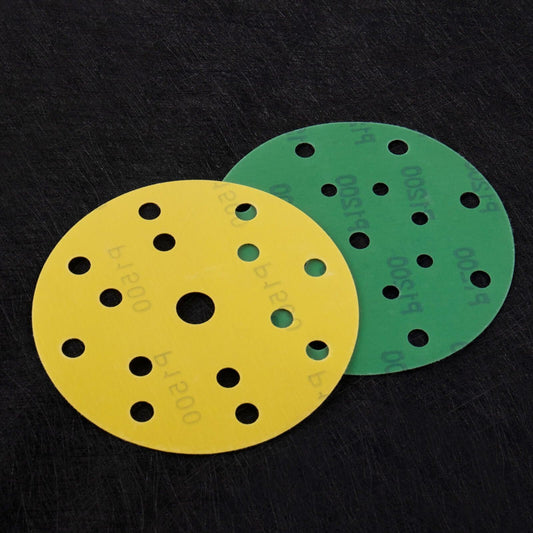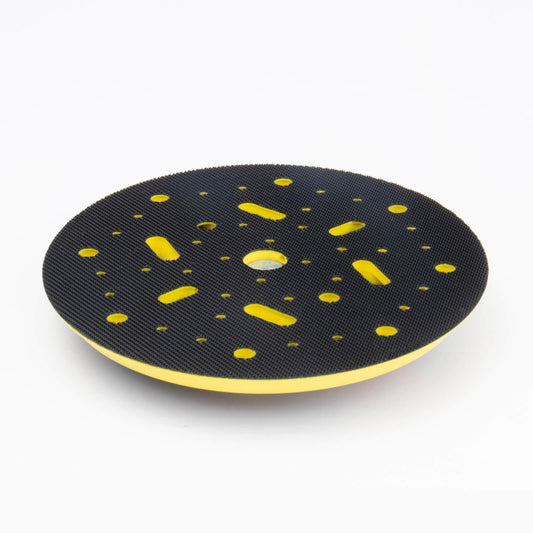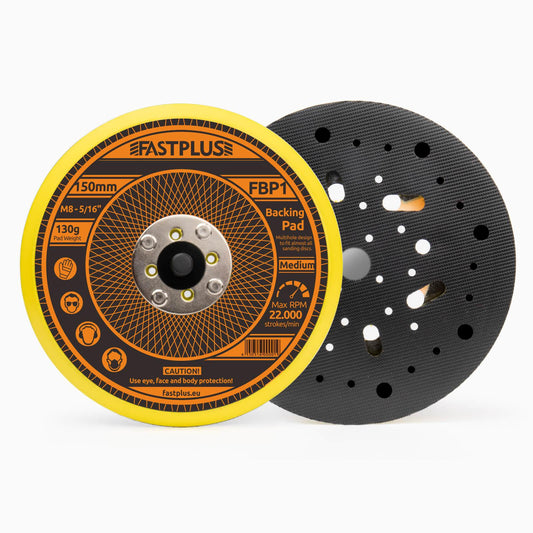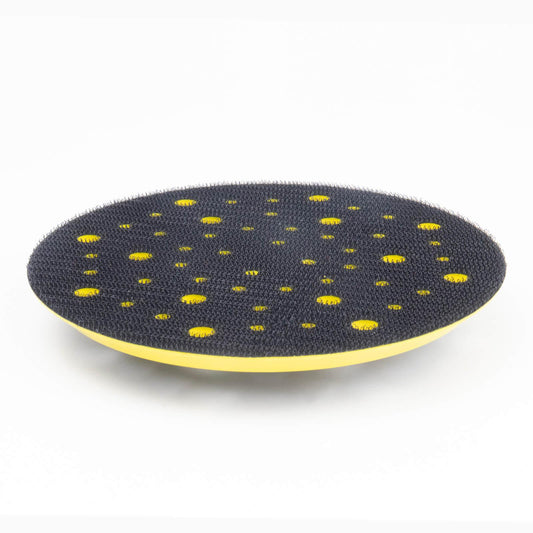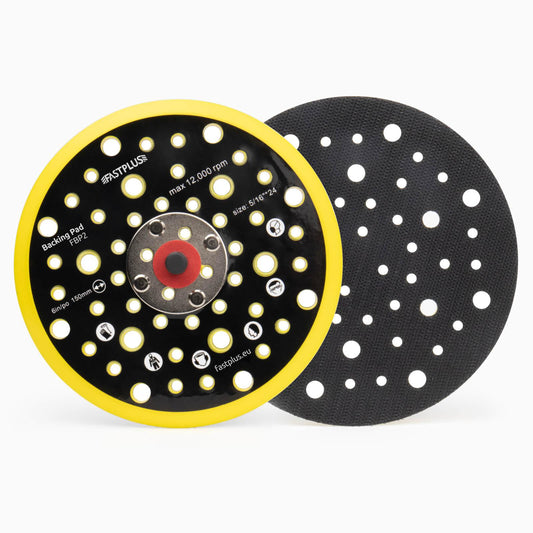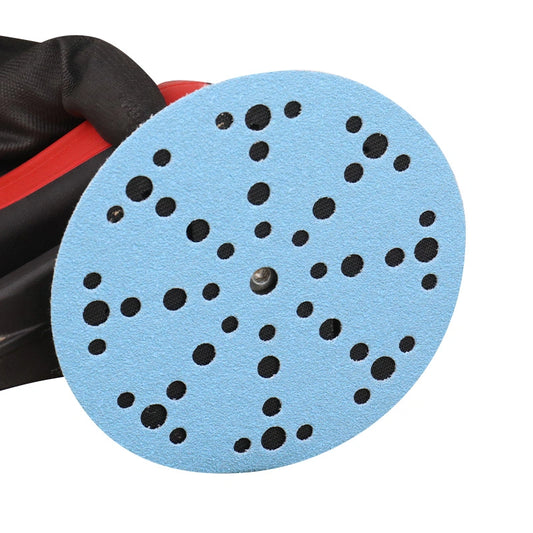
How to Sand Epoxy Resin?
Epoxy resin is a popular choice for creating durable, high-gloss surfaces on everything from river tables and countertops to jewelry and art pieces. However, achieving that glass-like finish isn’t just about mixing and pouring the resin properly — sanding plays a crucial role in the final result. Whether you're a beginner or an experienced DIYer, this guide will walk you through how to sand epoxy resin effectively and safely to achieve a smooth, professional finish.

Why Sand Epoxy Resin?
Sanding epoxy resin is essential for several reasons:
- Remove Imperfections: Bubbles, dust particles, uneven spots, and drips are common in resin work.
- Create a Smooth Surface: Sanding levels the surface, making it ready for polishing or applying a final coat.
- Improve Adhesion: If you're applying a second layer or painting over the resin, sanding improves bonding.
Without proper sanding, your project may look dull, uneven, or rough to the touch.
When to Sand Epoxy Resin
Timing is key. Epoxy resin should be fully cured before sanding. Depending on the brand and environmental conditions (humidity, temperature), full curing can take 24 to 72 hours.
A good rule of thumb: If the resin is still sticky or soft to the touch, wait. Attempting to sand too early can gum up your sandpaper or damage the surface.
Tools and Materials You’ll Need
Before you begin sanding epoxy resin, gather the following materials:
 Sanding Tools:
Sanding Tools:
- Sanding blocks or orbital sander (recommended for larger surfaces)
- Wet/dry sandpaper sheets in various grits (80 to 3000 grit)
- Sanding discs for power sanders (if applicable)
Optional Tools:
- Mesh sanding discs – great for clog-free sanding
- Sanding sponge – ideal for curved surfaces
- Flap discs – for rough epoxy surfaces on wood or concrete
Additional Supplies:
- Spray bottle with water (for wet sanding)
- Microfiber cloth or paper towel
- Respirator mask and safety goggles
- Vacuum or brush to remove sanding dust
Step-by-Step: How to Sand Epoxy Resin
Step 1: Inspect the Surface
Before you start sanding, inspect your cured epoxy resin project. Identify imperfections such as:
- Bubbles
- Dust nibs
- Drips or runs
- Surface texture issues
If the surface is mostly smooth with minor imperfections, you may start with a higher grit sandpaper (like 320 or 400). For rough, uneven surfaces, start with 80 or 120 grit.
Step 2: Dry Sanding (For Heavy Imperfections)
Dry sanding is recommended when:
- You’re removing large imperfections, such as cured resin drips or thick surface bubbles.
- You’re shaping resin on a woodworking or art project.
Start with a coarse grit, like 80 or 120, and use an orbital sander for flat surfaces. Sand in even circular or back-and-forth motions. After each grit, wipe away dust to check progress.
Move up gradually to finer grits:
- 80 → 120 → 180 → 220 → 320 → 400
Avoid skipping more than one grit at a time, or you might leave sanding marks behind.
Step 3: Wet Sanding (For Smooth Finish)
Wet sanding reduces dust and improves surface smoothness. It’s especially useful for polishing epoxy or preparing it for a gloss finish.
How to Wet Sand:
- Soak your wet/dry sandpaper in water for 5–10 minutes.
- Spray the resin surface lightly with water.
- Sand using small circular motions with even pressure.
- Rinse and check your progress often.
- Progress through finer grits:
- 600 → 800 → 1000 → 1500 → 2000 → 3000
You’ll notice the surface becoming smoother and shinier as you progress. For jewelry or art, stopping at 3000 grit is ideal.
Tip: Add a few drops of dish soap to your water to reduce friction and avoid clogging the sandpaper.
Step 4: Cleaning the Surface
After sanding, thoroughly clean the surface using a damp microfiber cloth or tack cloth. Remove all resin dust and sanding slurry. For best results:
- Use isopropyl alcohol to remove oily residue.
- Let it dry completely before moving on to polishing or recoating.
Optional: Polishing After Sanding
If you want a high-gloss, glass-like shine on your epoxy surface (like on river tables or coasters), you’ll need to polish after sanding.
What You Need:
- Polishing compound (automotive or plastic polish)
- Buffing pad or microfiber cloth
- Variable-speed buffer (optional)
Apply a small amount of polish and rub in circular motions. Use a clean cloth to buff the surface until it shines.
Repeat the process if needed.

Common Mistakes to Avoid
Sanding epoxy resin might seem straightforward, but there are a few common pitfalls:
-
Sanding Too Early
Resin that hasn’t cured fully will gum up your sandpaper and ruin the surface. -
Skipping Grits
Skipping grits leaves deeper scratches behind, which are hard to remove later. -
Too Much Pressure
Pressing too hard while sanding can create uneven surfaces and heat buildup. -
Not Cleaning Between Steps
Always wipe away dust or slurry before moving to the next grit to prevent cross-contamination. -
Overheating
Especially when using power sanders, prolonged sanding in one spot can overheat and damage the resin.
When to Use Sanding Discs, Mesh Discs, or Sandpaper
Each type of abrasive product has its ideal use:
Sandpaper Sheets:
- Best for manual control or detailed areas
- Ideal for wet sanding
Sanding Discs:
- Used with orbital sanders
- Great for large flat surfaces like countertops
Mesh Sanding Discs:
- Allow for dust-free sanding
- Long-lasting and less clogging
- Ideal for epoxy + wood projects
Flap Discs:
- Aggressive material removal
- Good for epoxy-coated metal or rough wood surfaces
FAQs About Sanding Epoxy Resin
Q1: Can I sand epoxy resin by hand?
Yes, especially for small or detailed areas. Just use sanding blocks or wrap sandpaper around a flat backing.
Q2: Do I need to wear safety gear?
Yes. Always wear a dust mask, goggles, and gloves. Resin dust can be harmful if inhaled or if it gets into your eyes.
Q3: Can I paint over epoxy after sanding?
Yes, but make sure the surface is clean and slightly rough (stop at 220–320 grit). This helps paint adhere properly.
Q4: Is wet sanding better than dry sanding?
Wet sanding produces a smoother finish and reduces dust, but it’s not suitable for removing large imperfections.
Final Thoughts
Sanding epoxy resin is an essential step toward achieving a flawless finish on your resin projects. With the right tools, techniques, and a little patience, you can transform a dull or imperfect epoxy surface into a stunning work of art. Whether you’re working on resin jewelry, river tables, or art panels, always remember:
- Start coarse, finish fine
- Clean between each grit
- Wet sand for best results
Once you’ve mastered sanding, polishing and finishing your epoxy creations becomes a breeze. Happy sanding!

